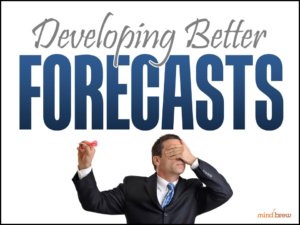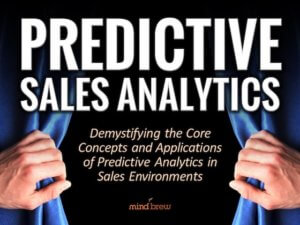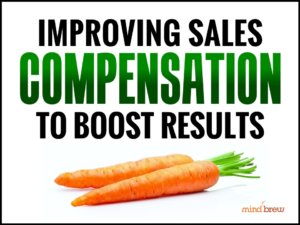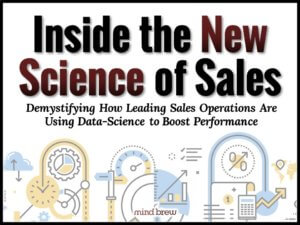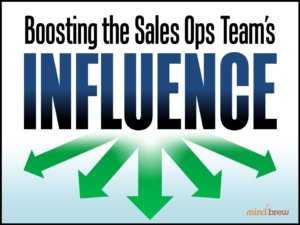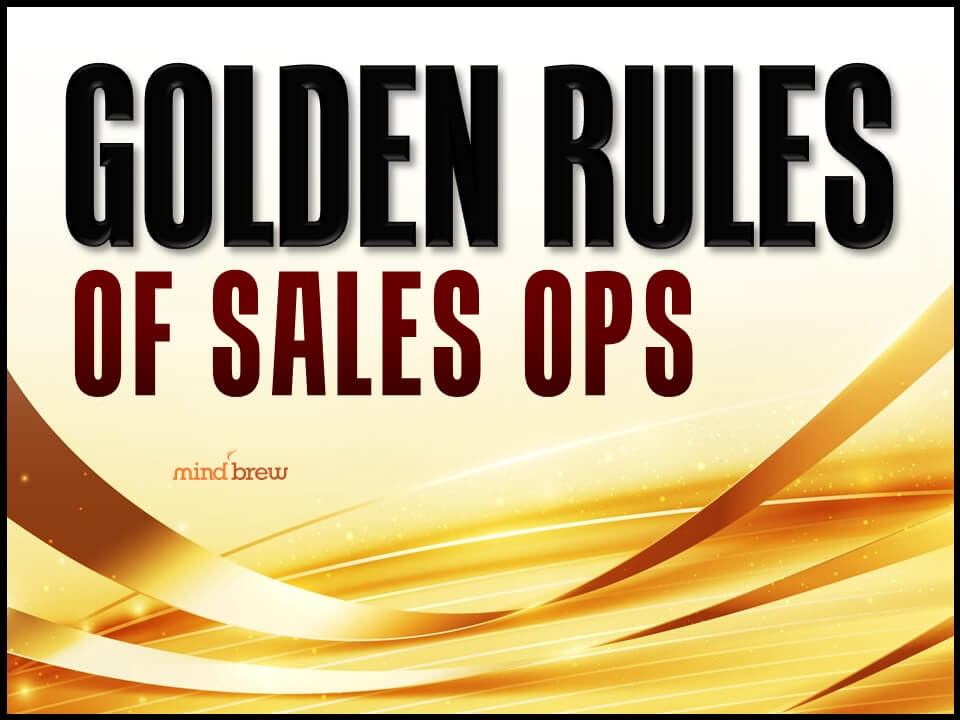Behavioral economist Guy Mayraz has done extensive research into wishful thinking, which he defines as people being “more likely to believe something is true simply because they are better off if it is.”
For example, when middle schoolers believe that they will have an A at the end of the semester even though they have a solid C halfway through, that’s an example of wishful thinking. When you believe that your favorite sports team will win the championship despite being the underdog and you place a bet on the game, that’s an example of wishful thinking. And when you create a sales forecast that says your company will increase revenues substantially over last quarter, that might also be an example of wishful thinking.
To test the degree to which wishful thinking affects our predictive skills, Mayraz set up an experiment. He divided some test subjects into two groups: farmers and bakers. He told the farmers they would earn money if the price of wheat was high at the end of the day and the bakers that they would earn money if the price of wheat was low. He also told them that they would also get paid no matter the price of wheat if their forecast was correct. Then he asked them to predict the price of wheat.
As you’ve probably already guessed, the farmers predicted that wheat prices would rise and the bakers predicted that prices would fall.
The really interesting part is that even when Mayraz made the accuracy bonus really high, it had no effect on the subjects’ predictions. The smart thing in that situation is to hedge your bet and forecast a low price so you get paid either way. But in reality, increasing the size of the accuracy bonus had no impact on people’s predictions.
The upshot of this study is that we can’t rely on ourselves to make sensible, rational predictions. And when it comes to sales forecasts, that means we are predisposed to paint a rosier picture than the actual situation would indicate.
So should we just give up and accept that our sales forecasts will always be bad?
Of course not. What would be the point of writing a blog to tell you to throw in the towel?
Instead, we encourage you to become more data-driven.
Rather than just adding a percentage to last quarter’s or last year’s sales, take a hard look at the opportunities you currently have in your pipeline. If you have technology that includes predictive analytics capabilities, you can use those tools to quickly analyze the likely performance of your current opportunities based on the revenue generated from similar deals in the past. And even if you don’t have predictive analytics at your disposal, you can do something similar with spreadsheets. The process will take longer and might not be quite as accurate, but the results should be similar.
The important ingredient is that your forecast needs to be based on historical data and your actual opportunities.
We explain this idea in more detail in the webinar on Developing Better Forecasts. It highlights seven ways to approach forecasting that can boost performance and delves into several different approaches for becoming more data-driven.
You can learn more by checking out Whitespace Analytics and Predictive Sales Analytics. Both can help you learn more about how to apply analytics appropriately to your current situation.
We can’t promise that wishful thinking will never creep into your forecasts. But if you rely on the data rather than your hopes and dreams, you have a much better chance of correctly estimating your financial performance. And in the end, an accurate forecast will be much better for your company and your career.

